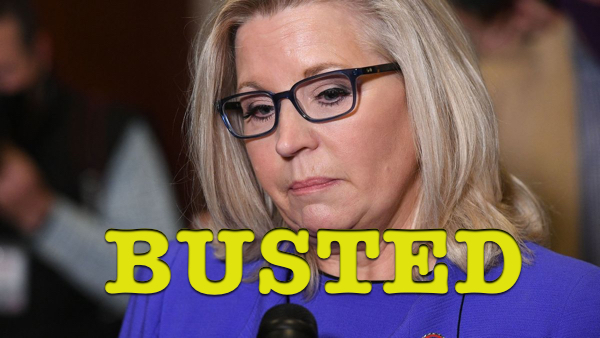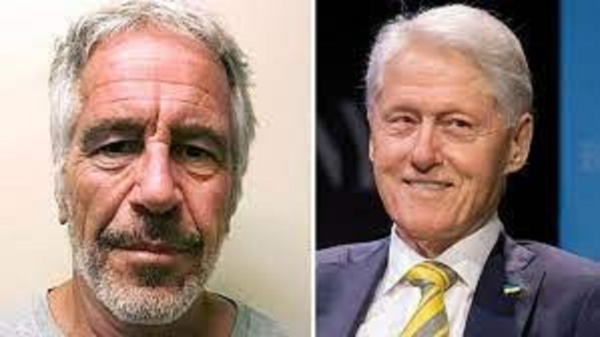Ranked Choice voting has been a hot topic, especially this year. Many Republicans claim that such a system favors Democrats. Ironically, it is the liberal Politico who seems to have accidentally confirmed that charge.
Politico published a story Wednesday by Steve Shepard on Republican candidates surge in the midterm elections polls. “A slate now leans Republican in our most recent forecast update.” The story opens with a report about how the Red Wave in this election is starting to look more likely.
After a two-year-long, untested campaign to flip the chamber, the GOP is now tantalizingly close at its goal of capturing the House majority in three days.
POLITICO’s Election Forecast rates the race for the House as “Likely Republican” – but 10 of the 12 newest updates indicate that contests have moved in the direction of Republicans.
Two new races are entering the “Toss up” column. Both are in districts President Joe Biden carried in double digits in 2020. Oregon is one of the two new tossups, where Democrats are struggling down the ticket.
Ah, but there is a bright spot for Democrats in Alaska’s Red State.
There are still bright spots for Democrats, such as Alaska, where the state’s lone House seat has been rated “Lean Democratic” following Rep. Mary Peltola’s surprise special-election win this summer.
…Peltola’s victory at the August special election might have appeared to be a fluke. But history is repeating itself, according to the smart money.
As the same dynamics are present in the summer upset, her rematch against Republicans Sarah Palin is now “Toss Up” and “Lean Democratic.” While Begich and Palin have not been friendly, Peltola has a formidable war chest ($2.3million in cash as of Sept. 30) that gives her the appearance of a winner.
If Peltola fails to win a majority, it would be surprising to see either GOP nominee win another ranked choice tabulation.
Politico reports that the Democrats are likely keep a Congressional seat from a Red State, which they won earlier, and will probably do so again due to Ranked Choice voting.
The Nevada Current explains Ranked Choice Voting and asks Nevada voters whether they approve of it. It sounds so complicated that you might be forgiven if the article is written by Professor Irwin Corey.
Here’s how it would work: All candidates regardless of political party would appear on June’s primary ballot. The top five finishers would be eligible to appear on November’s general election ballot.
Voters would rank the five candidates on the general election ballot — number one, second, etc. One candidate is declared the winner if they receive more than 50% of the first-choice votes. If they do not receive more than 50% of first-choice votes, they are declared the winner. If that happens, those votes are transferred to their next-choice candidate. This process continues until a candidate has a true majority.
Although the system may seem confusing, Politico accidentally revealed that the result could be very favorable for a party, even if it is at risk of losing large in normal elections.









